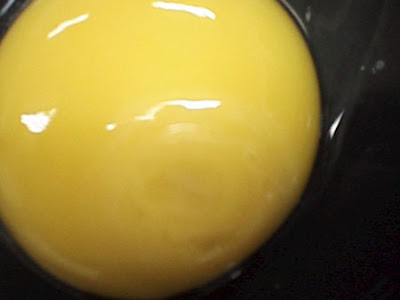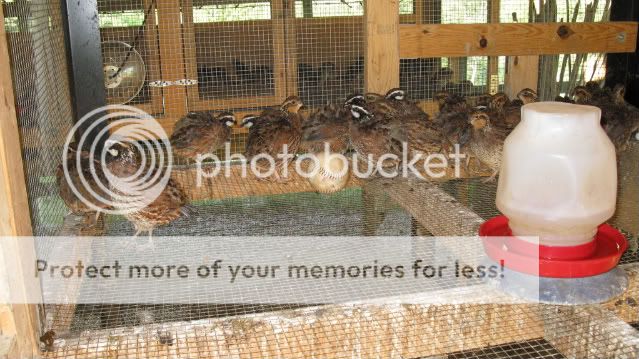Day 1 This is what our Quail embryos look like...
http://freshpics.blogspot.com/2007/05/stages-of-chick-embryo-development.html
and I like this information too... Go Gators!
http://edis.ifas.ufl.edu/aa204
Hatchability Problem Analysis1
H. R. Wilson
Introduction
When a problem occurs in hatchability, usually it can be categorized as a hatchery, egg handling, or breeder flock problem. If the problem has originated within the breeder flock, it is probable that it happened at least 4 weeks earlier, assuming 3 weeks of incubation and 1 week of egg storage. This delay in identifying a problem is costly and may even make it impossible to determine the cause if the effect is of short duration. It is necessary to identify the problem as early as possible, using candling at 1 week of incubation and constantly monitoring unhatched eggs, to minimize the delay in taking corrective measures. Analysis of hatch debris does not yield definitive diagnoses; however, it is a useful tool for determining the most likely areas for further examination.
It is of utmost importance for hatchery, egg handling, and breeder farm personnel to work together as a team to produce top quality chicks and to identify problems when they occur. Very accurate and complete records of the breeder flock (including egg production, mortality, morbidity, egg weight, shell quality, hatchability, feed consumption, and antibody titers) and the egg history from the nest through the hatchery are essential in providing clues to most hatchability problems. Personnel should be trained in recognizing problems, identifying causes, and implementing appropriate corrective measures.
The objective of the following outline is to suggest possible causes, and corrective measures when appropriate, for some of the signs of trouble observed when decreased hatchability occurs.
 I can post some pics or maybe figure out how to on my phone but either way im still right here with ya guys & gals. Can't wait to see how everyone else does. Oooooooooo this is so exciting
I can post some pics or maybe figure out how to on my phone but either way im still right here with ya guys & gals. Can't wait to see how everyone else does. Oooooooooo this is so exciting I can post some pics or maybe figure out how to on my phone but either way im still right here with ya guys & gals. Can't wait to see how everyone else does. Oooooooooo this is so exciting
I can post some pics or maybe figure out how to on my phone but either way im still right here with ya guys & gals. Can't wait to see how everyone else does. Oooooooooo this is so exciting





